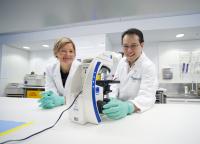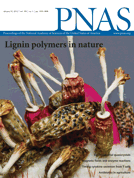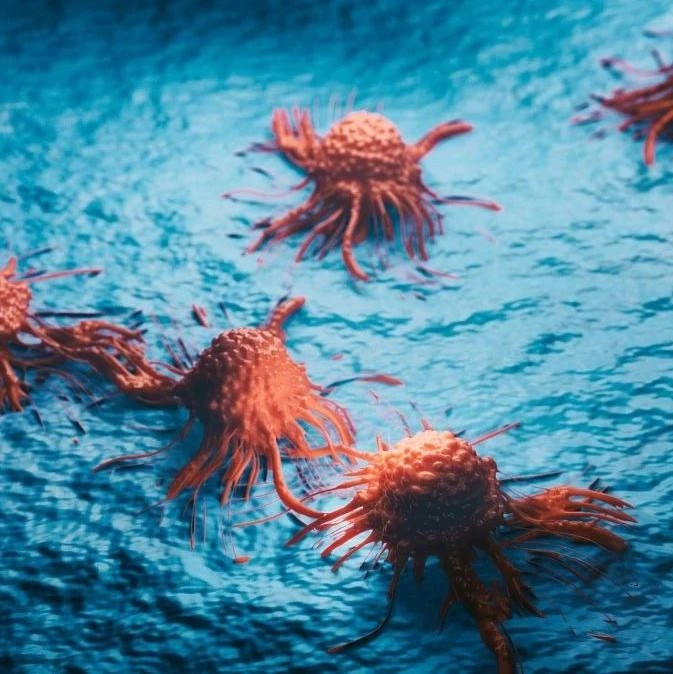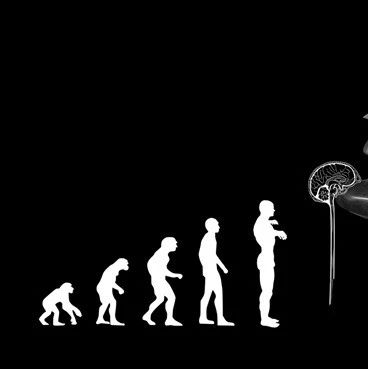
Maria Kauppi博士(左)和Ashley Ng博士(右)
一项关于细胞在血液系统中应对危机的研究带来重大惊喜——重新绘制成体内血细胞生成图。
这项研究由沃尔特和伊丽莎豪研究所的研究人员开展,在理解诸如骨髓增生等血液疾病方面具有广泛的借鉴作用,并可用于研发新方法以调控血细胞和凝块细胞的形成。
领导该研究小组的Ashley Ng 和 Maria Kauppi博士来自癌症和血液研究所,研究了祖先血细胞的分化亚群和诱导血细胞成熟的信号,这一结果发表在《美国国家科学院》(Proceedings of the National Academy of Sciences)论文集中。
Ng博士把祖先血细胞描述成血液系统中的“持重的支撑物”。他说:“在专家Don Metcalf以及同事看来,被称为细胞因子的血细胞激素在调控血细胞生成过程中发挥关键作用。在一些应激期间,如流血、感染期间和化学疗法之后,祖先细胞通过替换丢失的或损伤的细胞进行应对。”
Kauppi 博士称:“研究小组尤其感兴趣的是骨髓祖先细胞,通过祖先细胞特有的一套表面分子,我们能够分离和特征化这类细胞。”
研究人员惊喜地发现,祖先血细胞能分化成巨核细胞和红细胞。
Ng博士称:“我们能清晰地证实,小鼠巨核细胞的祖先细胞有能力分化成巨核细胞或红细胞以应对细胞因子,如血小板生成素和促红细胞生成素,这是未预料到的。此外我们发现,另一类祖先细胞亚群是嗜中性粒细胞和单核细胞的唯一来源,也能分化成红细胞和血小板。事实上,我们能重新绘制出关于红细胞和血小板在骨髓中的生成图谱。”
Kauppi 博士称:“研究人员通过使用不同的细胞因子混合液能够调控祖先血细胞分化成巨核细胞或红细胞。目前,我们正确地识别这类细胞,并发现它们如何应对细胞因子信号(参与红细胞或血小板的诱导分化)。这一过程有助于理解祖先血细胞在健康和疾病的状态下如何受到影响的,也更好地理解遗传改变如何引起特定血液疾病的形成。”

 Characterization of thrombopoietin (TPO)-responsive progenitor cells in adult mouse bone marrow with in vivo megakaryocyte and erythroid potential
Characterization of thrombopoietin (TPO)-responsive progenitor cells in adult mouse bone marrow with in vivo megakaryocyte and erythroid potential
Ashley P. Nga, Maria Kauppia, Donald Metcalfa, Ladina Di Ragoa, Craig D. Hylanda, and Warren S. Alexandera
Hematopoietic progenitor cells are the progeny of hematopoietic stem cells that coordinate the production of precise numbers of mature blood cells of diverse functional lineages. Identification of cell-surface antigen expression associated with hematopoietic lineage restriction has allowed prospective isolation of progenitor cells with defined hematopoietic potential. To clarify further the cellular origins of megakaryocyte commitment, we assessed the in vitro and in vivo megakaryocyte and platelet potential of defined progenitor populations in the adult mouse bone marrow. We show that megakaryocytes arise from CD150+ bipotential progenitors that display both platelet- and erythrocyte-producing potential in vivo and that can develop from the Flt3− fraction of the pregranulocyte-macrophage population. We define a bipotential erythroid-megakaryocyte progenitor population, the CD150+CD9loendoglinlo fraction of Lin−cKit+IL7 receptor alpha−FcγRII/IIIloSca1− cells, which contains the bulk of the megakaryocyte colony-forming capacity of the bone marrow, including bipotential megakaryocyte-erythroid colony-forming capacity, and can generate both erythrocytes and platelets efficiently in vivo. This fraction is distinct from the CD150+CD9hiendoglinlo fraction, which contains bipotential precursors with characteristics of increased megakaryocytic maturation, and the CD150+CD9loendoglinhi fraction, which contains erythroid lineage-committed cells. Finally, we demonstrate that bipotential erythroid-megakaryocyte progenitor and CD150+CD9hiendoglinlo cells are TPO-responsive and that the latter population specifically expands in the recovery from thrombocytopenia induced by anti-platelet serum.







